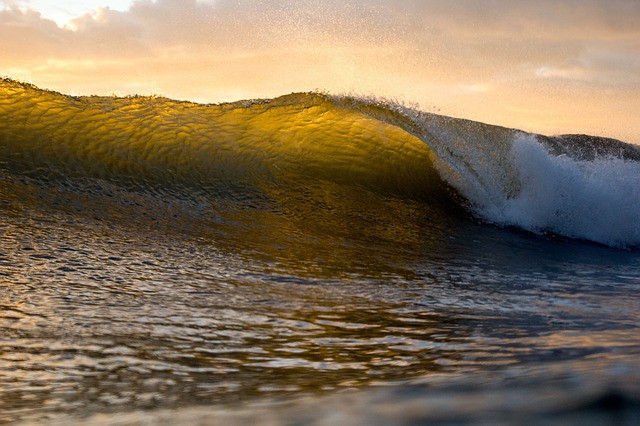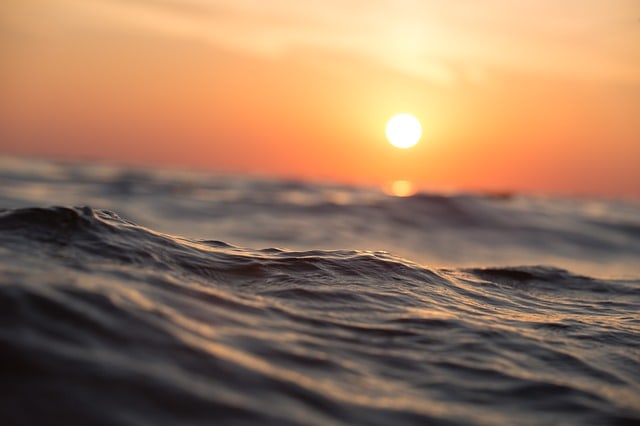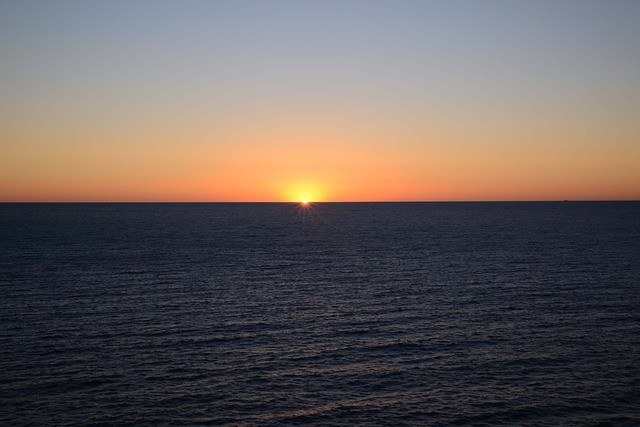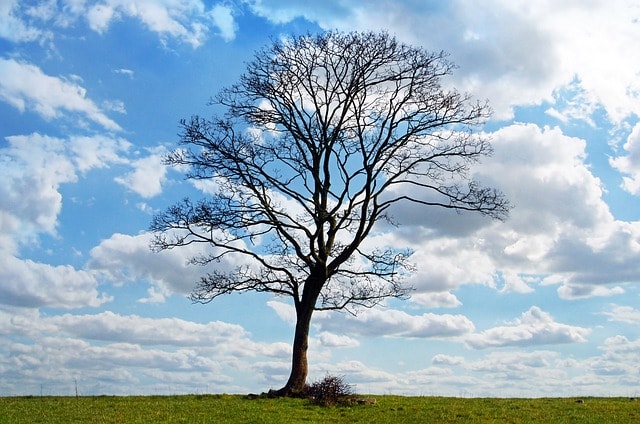Various Interesting Facts About the Southern Ocean
The Southern Ocean is also known as the Antarctic Ocean located in the Southern hemisphere that surrounds the Antarctica. It is ranked as the fourth- largest of the five principal oceans in the world constituting 15 percent of the earth’s waters. The Southern Ocean is the newest named ocean recognized by the United States Board…















